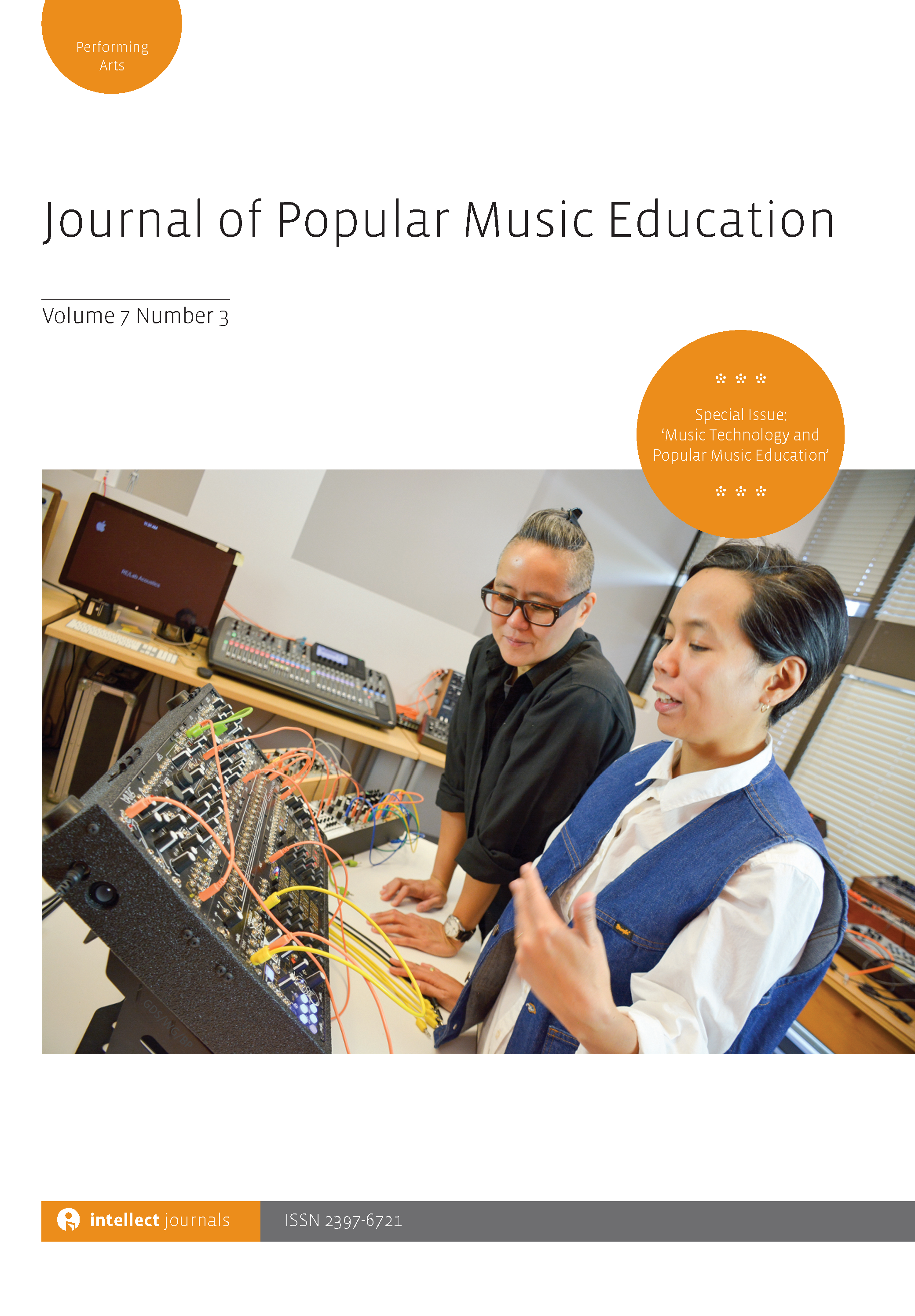
Full text loading...

When teaching children with disabilities, the home–school music connection can be the key to keeping our students engaged and motivated while increasing students’ self-regulation and positive interactions with peers. This article aims to shed light on classroom experiences with popular music of two third-grade students with sensory processing disorder and on how ‘music sharing turns’ influenced their overall engagement and ability to self-regulate in music classes. Music sharing turns, a weekly music ‘show and tell’, provided opportunities to bring popular music and activities they enjoy at home into the classroom. The results show that the participants were easily engaged and experienced greater self-regulation and awareness of others during music sharing turns. Music sharing turns also provided a predictable environment for peer interaction with opportunities to take on leadership roles within the classroom while remaining open-ended in a way participants could make their own.

Article metrics loading...

Full text loading...
References


Publication Date:
https://doi.org/10.1386/jpme_00094_1 Published content will be available immediately after check-out or when it is released in case of a pre-order. Please make sure to be logged in to see all available purchase options.